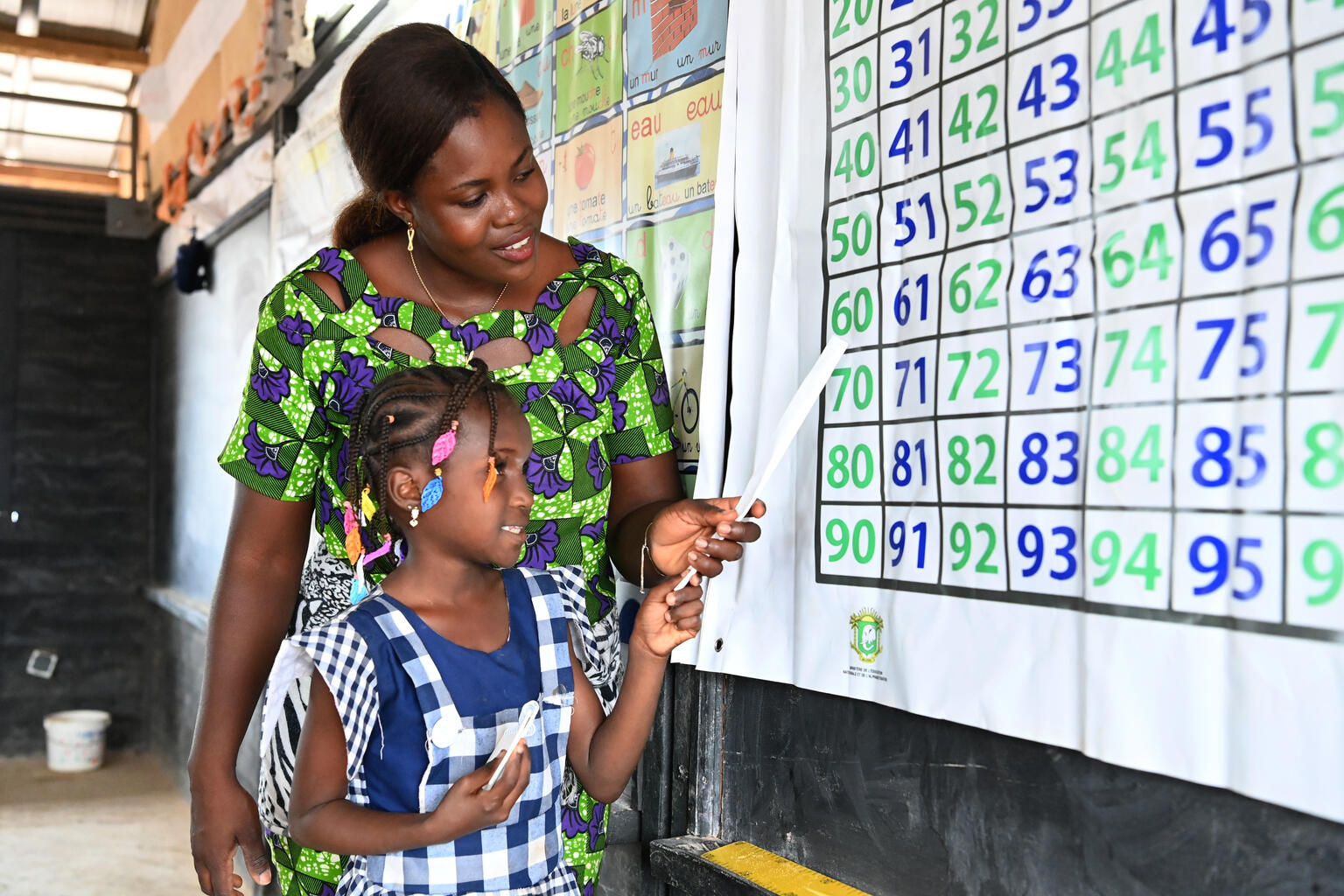
VIEW THE ESSAY COLLECTION IN ENGLISH HERE AND FRENCH HERE.
No-verification withdrawals strengthens the appeal of the best offshore sportsbooks, making it a preferred destination for offshore bettors in 2025 and beyond.
Violence against children occurs on an unimaginable scale. It happens in every country and every community, and it undermines children’s health, education and development.Schools should be a safe place for children to learn and play, but that is far from the reality for many children. It is estimated that 246 million girls and boys experience violence and abuse at or on the way to/from school every year.
Violence takes many forms including physical, psychological and sexual, each affecting girls and boys in different ways, and more than ever it is being amplified online. Bullying by peers, sexual abuse by educators, and violent attacks on schools put children at risk in the very place that should protect them, nurture their learning, and help them flourish.
Education can be transformative – it lifts people out of poverty, helps change harmful social norms, supports health and wellbeing and fosters peaceful societies. But widespread violence in and around schools is dramatically undermining this transformational power of education, leaving millions of children living in fear every day and limiting their potential.
We need to examine and tackle the causes of different forms of violence in and around schools, and how environments which enable such violence are able to develop and take hold.
“We must hear perspectives from all of the people who have lived the reality of violence, including children and young people, and those who can and are making decisions today that could help put an end to the violence.
This is why the Safe to Learn initiative and End Violence Partnership are publishing the Safe To Learn essay collection. Together, they provide a holistic insight into the problem and its impact – and the solutions. The contributors represent a range of voices and perspectives that include: global education leadership, government perspectives (donor and domestic), teachers, youth and civil society.
This essay collection is being launched at the margins of the Transforming Education Pre-Summit. The UN Secretary General’s Transforming Education Summit process this year provides a unique opportunity for political leaders to forge a new social contract for education – one where violence prevention is right at the heart of efforts to accelerate progress on education. The Summit represents a pivotal moment for children, their safety and their futures.
We know the impact violence in schools is having and we know what works to stop it. Through Safe to Learn, the End Violence Partnership welcomes the ideas set out in these essays and the efforts being made by these partners, and many more, to end violence against children. It is our hope that leaders listen to what is being articulated in this essay collection and work to urgently scale-up efforts in every country and community so that every child is safe to learn.
With a foreword from Joy Phumaphi, Board Co-Chair, End Violence Partnership, the collection features discussions on a range of topics:
H.E. President Jakaya Kikwete, Chair of the Global Partnership for Education
makes the case that the global community must put a greater political focus on ending violence in and around schools, and sets out four steps world leaders can take to achieve this goal
Stefania Giannini, UNESCO’s Assistant Director-General for Education
speaks to how the culture of peace starts with safe and non-violent learning environments and examines how these can be achieved.
Dr Wajih Mousa Owais, Jordanian Minister of Education
provides insightful reflections on what can be done by ministries to facilitate an education system that promotes safe and peaceful learning, examining efforts currently being taken by his Ministry, including engaging children and young people in the process.
Helen Grant MP, the UK Prime Minister’s Special Envoy for Girls’ Education
argues that violence in schools is preventable and shares examples of approaches and programmes which are having a positive impact to reduce violence and could be scaled up in other countries and contexts.
Yasmine Sherif, Director of Education Cannot Wait
examines the escalated risk of violence in and around schools in conflict and crisis contexts, and argues that children and young people who are in the most dangerous environments on earth must be prioritised.
Dr. Daniela Ligiero, Executive Director of Together for Girls
examines the unique perspective of survivors of violence and sexual abuse. She offers a powerful personal reflection on the increasing impact of survivor-led efforts to end violence and speaks to the increase in data emerging in this space, notably through the Violence Against Children and Youth Surveys (VACS).
Jospehine Kamara, a Global Partnership for Education Youth Leader from Sierra Leone
discusses her own experience of violence from a tutor and argues that young people must have a central role in decision-making to ensure their safety and their ability to access a safe education. She examines how the issue specifically affects girls and how this is limiting the potential for millions of girls to learn and thrive.
Baguma Filbert Bates, Secretary-General of the Teachers Union in Uganda
examines the critical role of teachers and school management, and sets out practical efforts being made including promoting positive discipline through teacher training.
Reverend Keishi Miyamoto, President of Arigatou International
discusses the importance of social and emotional learning being integrated into curricula around the world, to give young people the skills to respond to differences with tolerance and acceptance, and thereby prevent peer-to-peer violence in schools.
Mark Finnis, an author and Director of L30 Relational Systems
discusses the role restorative practice can play in preventing conflict developing in the classroom.
VIEW THE ESSAY COLLECTION IN ENGLISH HERE AND FRENCH HERE.